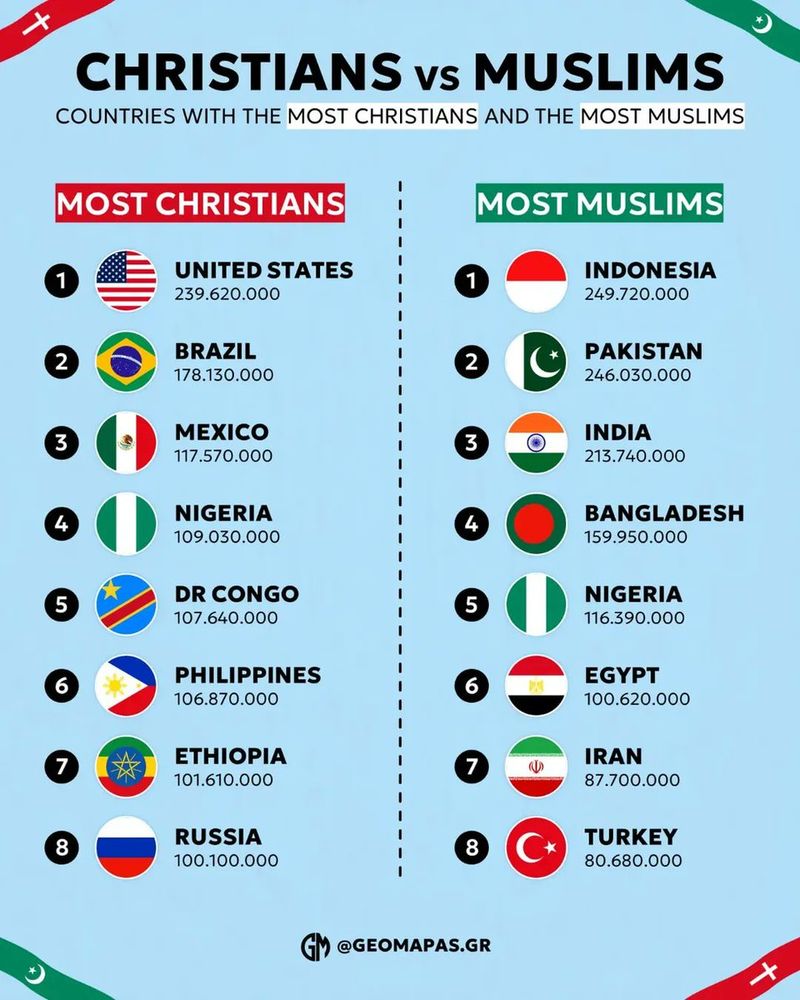
🔎 Keep exploring → www.taplink.cc/civixplorer
🗺️ Get your 3D relief map (𝟭𝟬% 𝗼𝗳𝗳) → www.3dmap.cc/coupon_civixplorer
🛒 Shop now: 3dmap.cc
✨ Code 'CIVIXPLORER' for 10% off!
🔎 The World in Maps

🔎 The World in Maps





🔎 Visual Capitalist

🔎 Visual Capitalist


Rome is actually north of NYC, and Milan shares a latitude with Montreal.

Rome is actually north of NYC, and Milan shares a latitude with Montreal.
What are your thoughts?

What are your thoughts?
A reflection of its multiculturalism.

A reflection of its multiculturalism.
🔎 geomapasgr

🔎 geomapasgr
🔎 Amazing Maps

🔎 Amazing Maps
🔎 European Magazine

🔎 European Magazine
🔎 Python Maps

🔎 Python Maps




🔎 Visual Capitalist

🔎 Visual Capitalist

This map shows how the major languages of different countries title their Wikipedia page on the event.

This map shows how the major languages of different countries title their Wikipedia page on the event.



